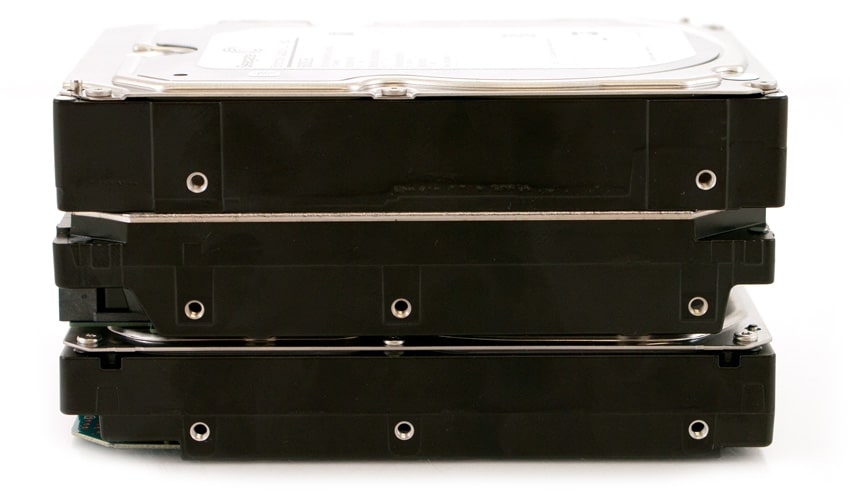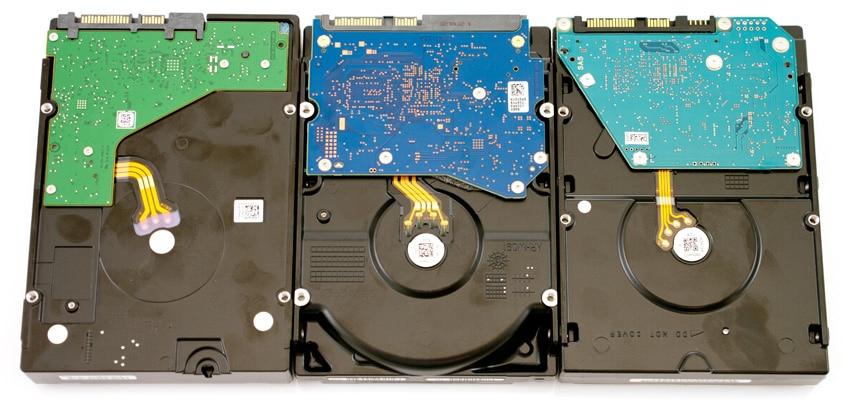
Hard drives have blossomed from 4TB to 6TB, which is a great thing for applications creating an ever increasing amount of data. However, as we've seen more 6TB hard drives come in from vendors, a peculiar problem has arisen. The 6TB hard drives aren't compatible with all of the platforms we test on. They're not compatible for a reason that's unexpected however.
Perhaps the immediate guess is that the system vendors haven't qualified the new drives yet. That is true, most haven't, but even so, there is generally no technical limitation when it comes to a server or NAS for instance, reading the drive. What is a problem however is that with the engineering changes required to squeeze in extra platters, or platters that weren't there in 4TB iterations, the HDD vendors have to move mounting screw hole locations to make room.
Specifically at issue are the center screw hole locations, both on the sides of the drives new drive center, and the bottom, which are typically located at the end of the PCB. To illustrate the problem, let's take a look at "normal" side center screw hole locations on a Toshiba HDD located bottom of the stack.

Now let's take a look at HGST's sealed helium drive (middle) and the Seagate model (left) next to a traditional HDD (right). Notice they've preserved the side mounting screws, but the center holes on the bottom have been shifted to the rear of the drive, which previously didn't exist. For Seagate's part, they've abandoned the side center screws altogether and shifted the bottom center holes to the back, like HGST.
What this means to users is that not all drive trays are capable of supporting these new high capacity hard drives. Tool-less caddies that rely on the center side hole, won't work on the Seagate drives without clipping that center pin. Trays that need the bottom mounting holes, may not have accommodations for the new rear screw holes HGST and Seagate are implementing.
This isn't exactly a catastrophic problem, but it's still one that is going to cause a problem as OEMs react to the issue. Before rolling out a new batch of hard drives, be sure the trays support them, the vendor has new trays or there's a reasonable DIY work around.

